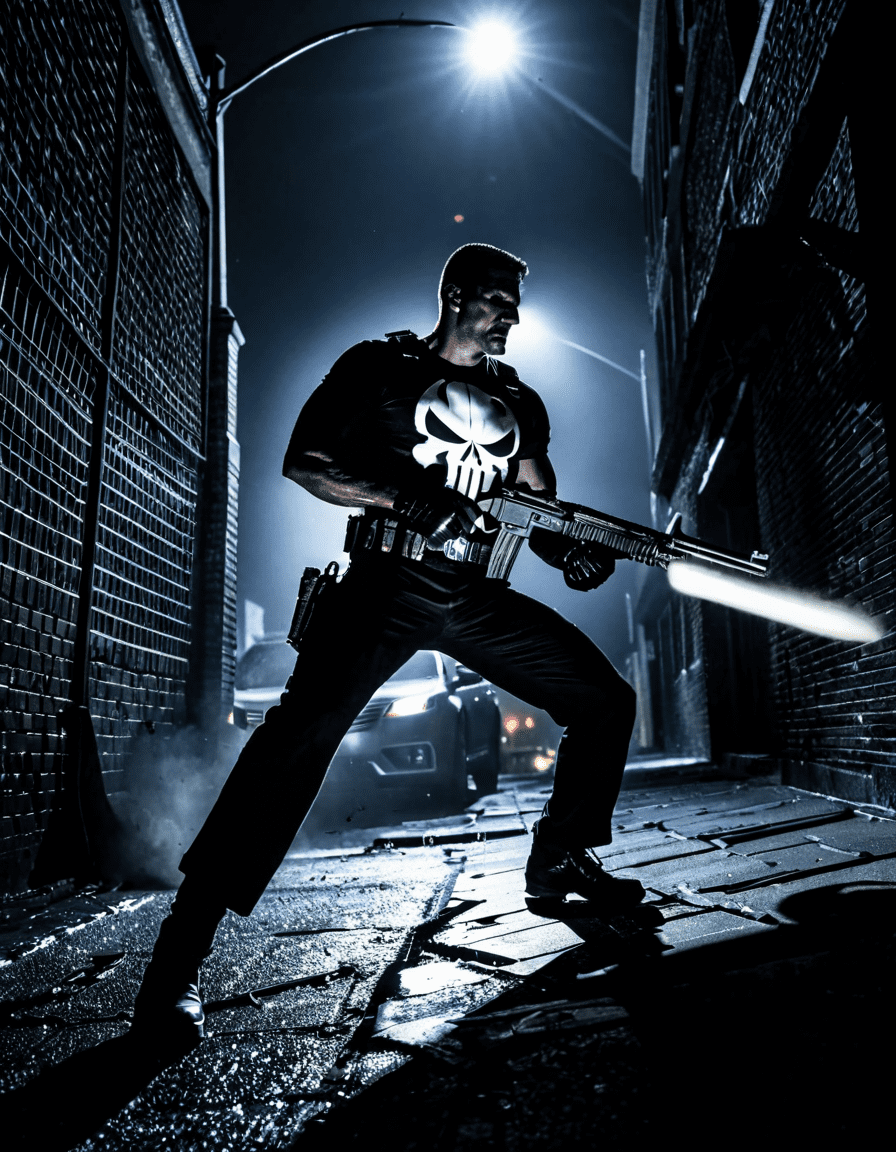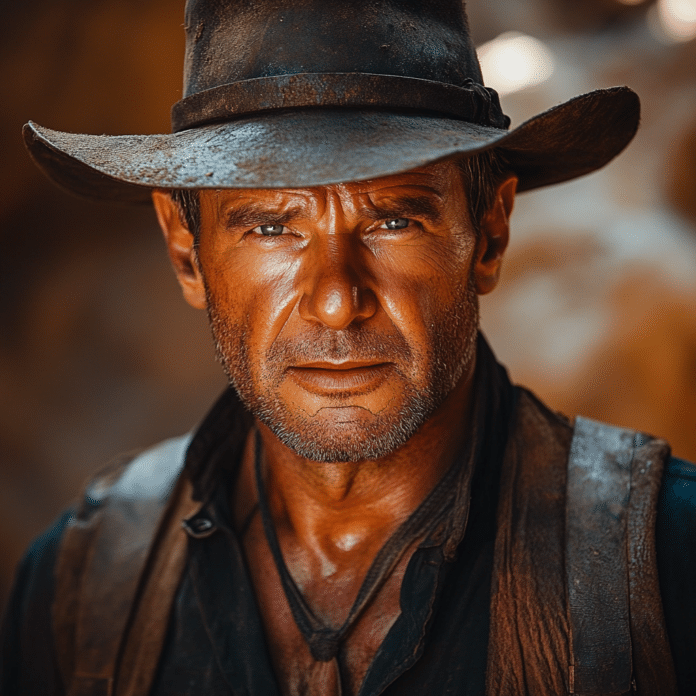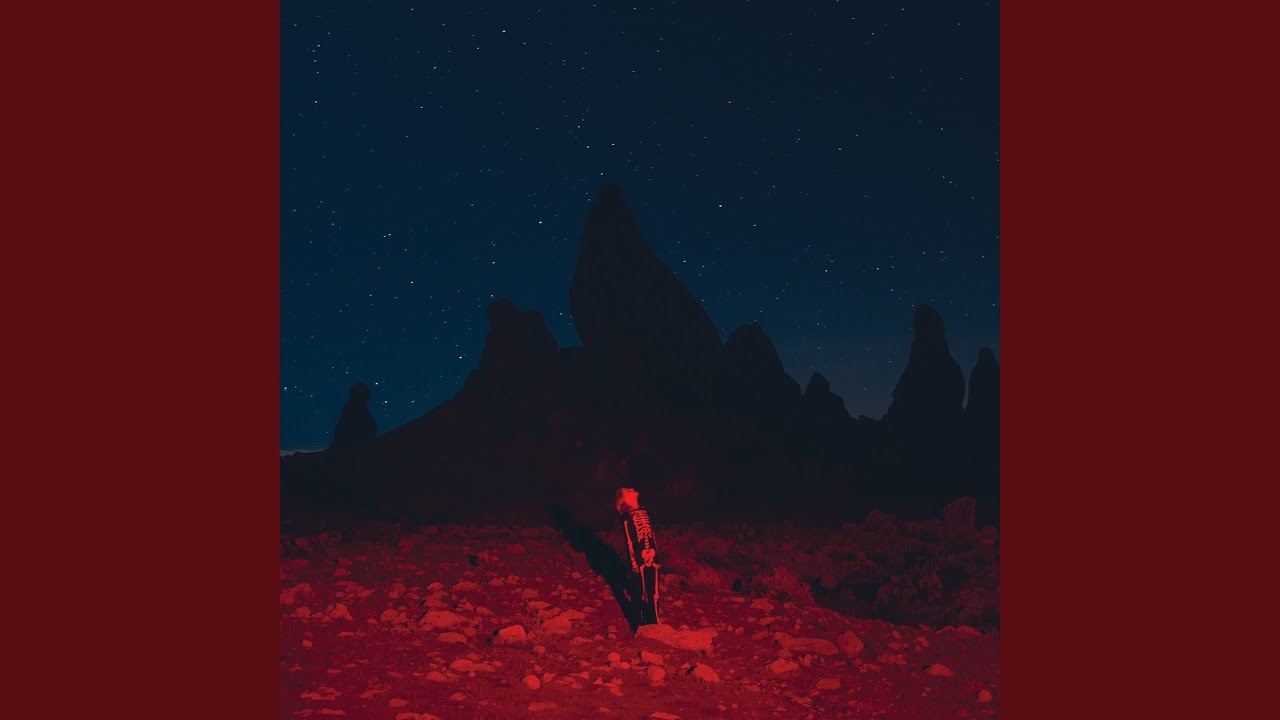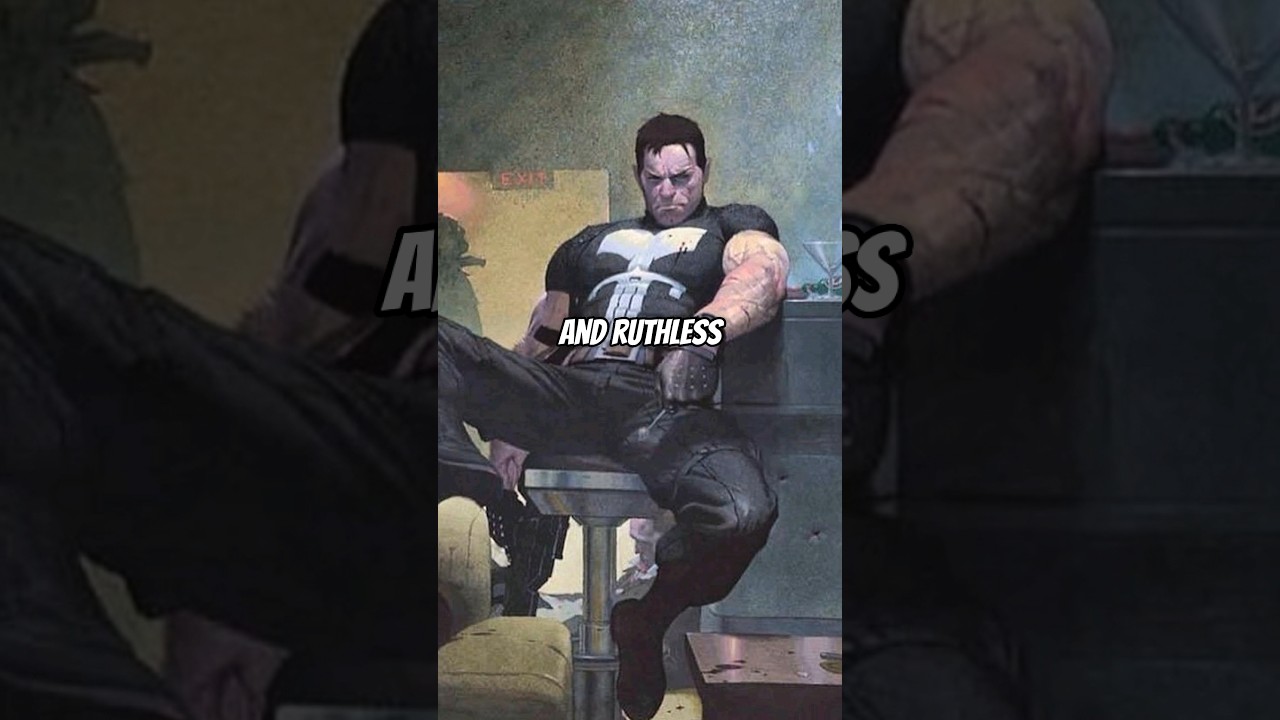The Punisher, a character who shoots first and asks questions later, has carved out a unique space in pop culture as an antihero with a vendetta. Created by Gerry Conway and given life by John Romita Sr., this relentless vigilante first graced the pages of “The Amazing Spider-Man” #129 back in 1974. Over the years, the Punisher has morphed from a villain in Spidey’s world to a character embodying the complexities of vengeance, justice, and the muddled boundaries of morality. His gritty tales compel us to examine the impact of his legacy on modern portrayals of vigilantes—after all, who doesn’t love an oversized skull and a righteous fury that transcends the ordinary?
The Punisher’s Journey: From Comic Book Antihero to Cultural Icon
The journey of the Punisher isn’t just a comic book story; it’s woven into the fabric of societal beliefs about justice. In essence, Frank Castle is the guy who takes a hard stand against crime, albeit with methods that are anything but diplomatic. He cuts through the red tape, donning a skull emblem that’s as iconic as it is controversial. The question remains, though—what drives this character? Vengeance for the death of his family? Or a primordial urge to rid the world of evildoers at any cost?
The legacy of the Punisher pushes us to reflect on how we view justice in our society. His narrative suggests that sometimes, traditional systems of justice don’t cut it. Many fans find themselves caught in the grey areas, understanding why he does what he does. The Punisher makes viewers think, “What would I do in the face of such darkness?” As we unpack his story, we can appreciate how it gets lodged in modern pop culture—truly a glorious example of dark justice.
The Transformation of The Punisher
As the years rolled by, Frank Castle coughed up his tragic backstory and left behind a raw depiction of vigilante justice. While superheroes like Captain America fight the good fight within the law, the Punisher doesn’t shy away from the violent realities of his world. His transformation into a protagonist resonates with audiences who seek raw, unapologetic storytelling. It’s worth acknowledging that his story raises ethical concerns—should we glorify characters that bypass the law to deliver justice? This ethical quandary places him squarely in the cultural zeitgeist.
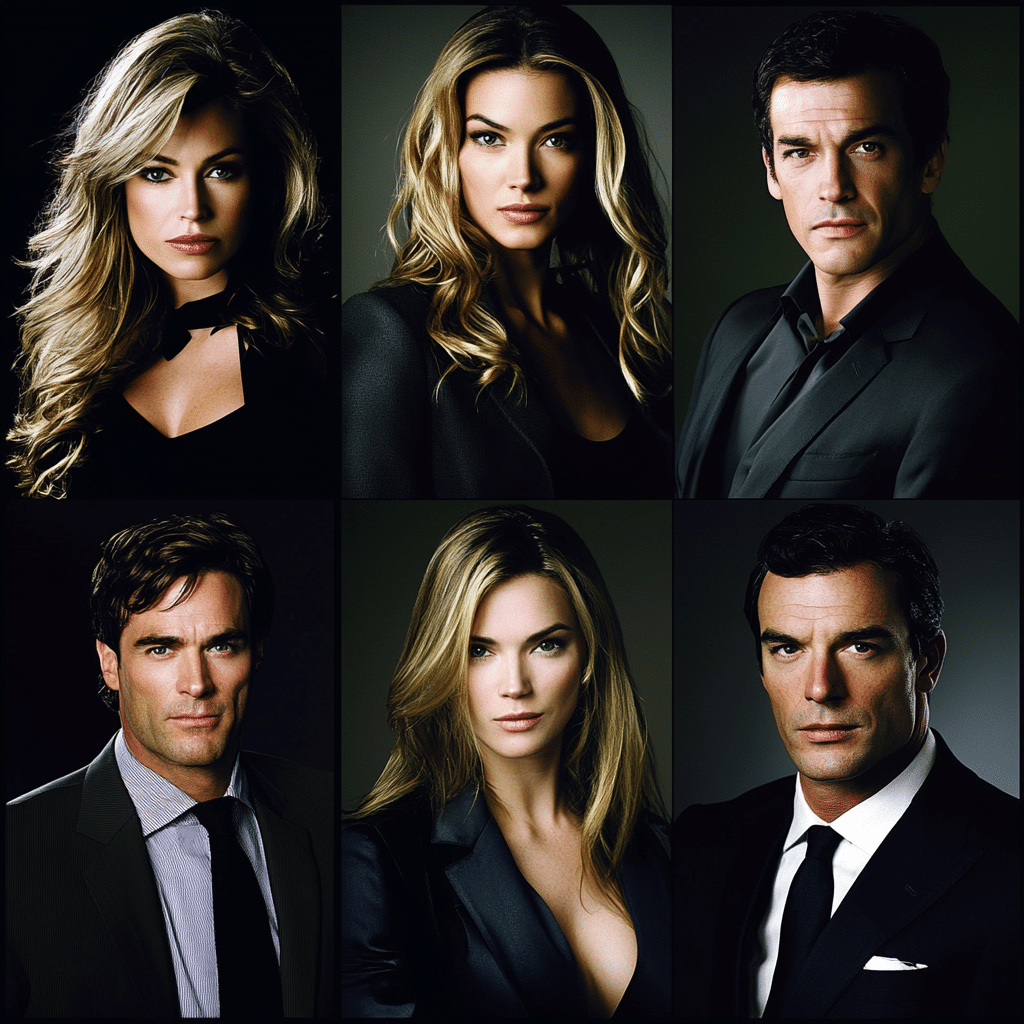
Top 7 Iconic Representations of the Punisher in Film and Television
The Punisher has graced our screens more times than we can count, and he’s left a mark in each portrayal. Here are the top seven interpretations:
This was our first look at the Punisher on the big screen. While Lundgren delivers a solid performance, the film’s execution leaves something to be desired for hardcore fans.
Jane’s take is one for the books! His portrayal strikes a chord—he navigates Castle’s inner turmoil, infusing a sense of humanity amid the violence.
Talk about brutal! Stevenson embodies the vicious side of the character, showcasing the Punisher in all his glory with plenty of action and gore—not for the faint-hearted.
Ah, Bernthal! His portrayal is nothing short of groundbreaking. Tackling PTSD and human flaws, this version of the Punisher became a relatable antihero in a sea of traditional superheroes.
Barnes’s character is the perfect contrast to Castle, evolving from ally to enemy. Their tumultuous relationship elevates the narrative beyond typical revenge tropes.
Seeing Castle share screen time with Daredevil adds layers to the story, as it depicts the moral conflicts across Marvel’s landscape. Who’s the real bad guy here?
From ‘Spider-Man: The Animated Series’ to the latest ‘Marvel’s Avengers’ game, the Punisher’s impact on storytelling bleeds into various formats, enriching audiences’ perception of vigilantism.
The Punisher’s Influence in Different Mediums: From Comics to Bel-Air
Now, let’s switch gears and talk about how the Punisher’s shadow looms over various forms of media. Bel-Air, while mostly a family drama, contains subtle nods to vigilante justice that echo Castle’s principles. Characters find themselves grappling with their own moral compasses, challenging simplistic views on justice. Did they watch a Punisher episode to become so self-reflective? Who knows!
Moreover, there’s the unsettling reality that the Punisher symbol—a skull oozing machismo—gets tossed around in different contexts today. You might spot it at protests or on merchandise that strays far from its original vigilante values. This begs the question: How much do we lose in translation when symbols take on lives of their own?

Medusa and the Intersection of Vigilantism: Exploring the Punisher’s Legacy
Interestingly, the Punisher’s journey runs parallel to Medusa’s storyline in Marvel’s Inhumans. While she embodies empowerment and leadership, the Punisher’s lethal approach equates justice with retribution. Both characters challenge what it means to protect—Medusa’s powers lend to collaboration and protection, while Castle is the lone wolf, wading into darker waters.
The duality between these two figures prompts viewers to vocalize opinions about how our society handles justice. Can morality exist on a spectrum, or is it more black and white than we think?
Wrapping Up the Legacy of the Punisher
As we wrap up our examination of the Punisher, it’s clear that Frank Castle is more than just a figure of vengeance; he’s a reflection of societal struggles with identity and morality. His journey through pain, loss, and an unyielding quest for justice challenges us to reckon with our values in a world where things aren’t always fair.
As adaptations continue to pop up, it’s the cultural dialogue surrounding figures like the Punisher that ensures his legend stays potent. Today, we’re left pondering how justice actually plays out in our own lives, making Castle’s story even more topical. So, grab your popcorn and seat—they don’t just make characters like him anymore!
Whether you see him as a hero or villain, there’s no denying that the Punisher’s legacy is a conversation starter. Dive deep into what makes him tick, and who knows, you might learn a thing or two about your own views on justice in this imperfect world.
Punisher: The Vigilante’s Dark Justice and Legacy
Trivia and Interesting Facts About the Punisher
Did you know that the Punisher, Frank Castle, first appeared in The Amazing Spider-Man #129 in 1974? He quickly became a fan favorite due to his ruthless approach to crime, which contrasts sharply with the more traditional heroes like Spider-Man. This gritty character’s uncompromising methods can be traced back to his traumatic past, where he lost his family to the mob. Interestingly, writer Gerry Conway created Castle to represent the frustration of a society that was tired of crime, much like how Margaret Thatchers policies reflected the desperation of her time in the UK. If you’re curious about strong female figures from the same era, you might want to look into noteworthy stories about Sarah Mathers.
The Punisher’s popularity soared in the ’80s and ’90s, especially after the character was adapted into films and video games. His dark persona led to discussions about vigilantism and justice, often giving rise to mixed perceptions—much like the introspection seen in movies like Bodies Bodies Bodies! These layers of morality give the Punisher a depth that resonates across different audiences. Fans of gritty storytelling can often spot his influence in other popular works, like the crime-ridden plots of Criminal Minds Evolution, where characters grapple with moral ambiguities.
Lastly, what makes the Punisher’s character so enduring is how he embodies the notion of anti-heroism. The stark choices he makes often pose thought-provoking questions about justice and revenge. This theme has likely contributed to its popularity in pop culture, allowing various adaptations throughout the years, much like how Daniel Day Lewis brings complexity to roles through the richness of his performances. Whether you’re hunting for the best Gifts For teen Boys who love action-packed stories or simply interested in the dark justice that the Punisher represents, this character continues to be a conversation starter for generations. And who knows, maybe there’s an opportunity to take inspiration from him when navigating life’s tougher challenges—just remember to leave the violent tendencies out of it!
